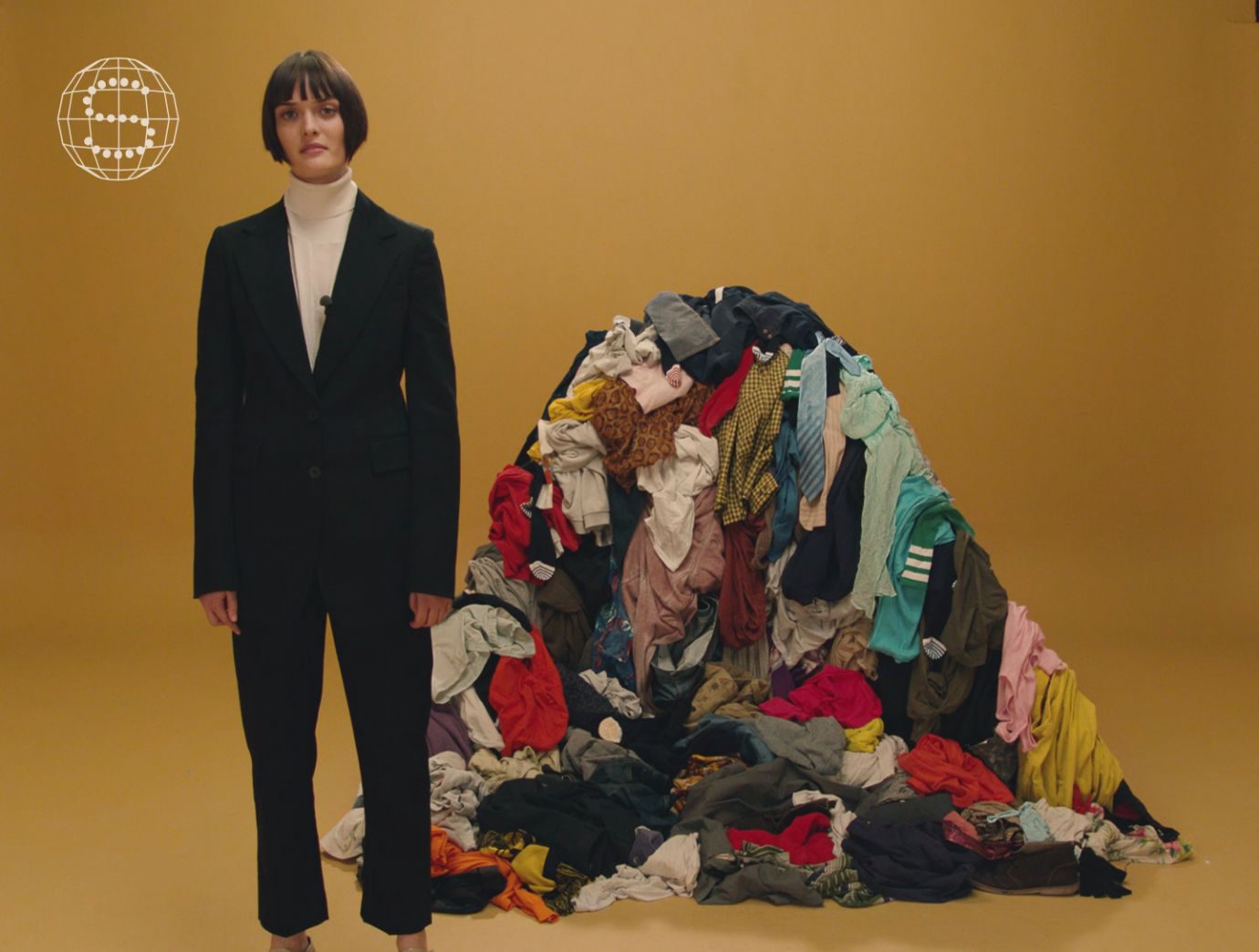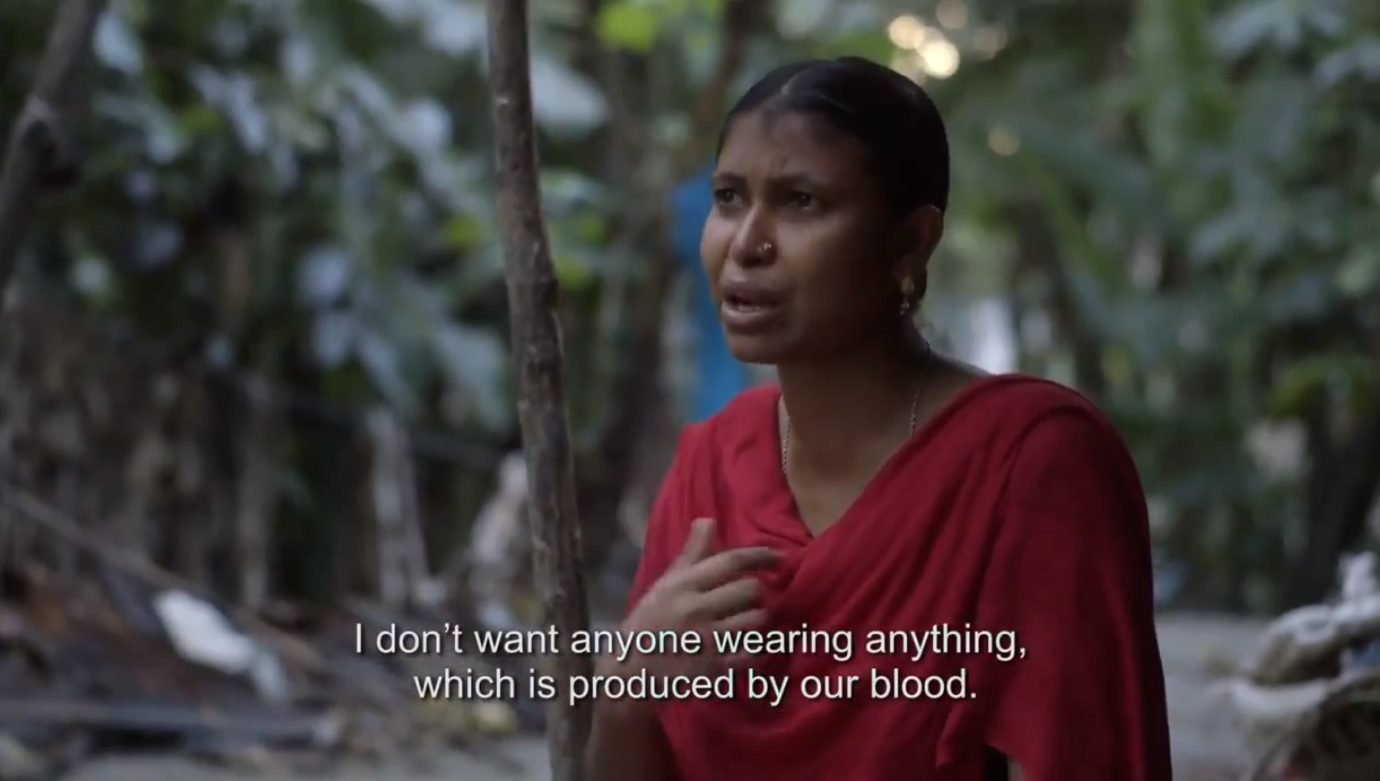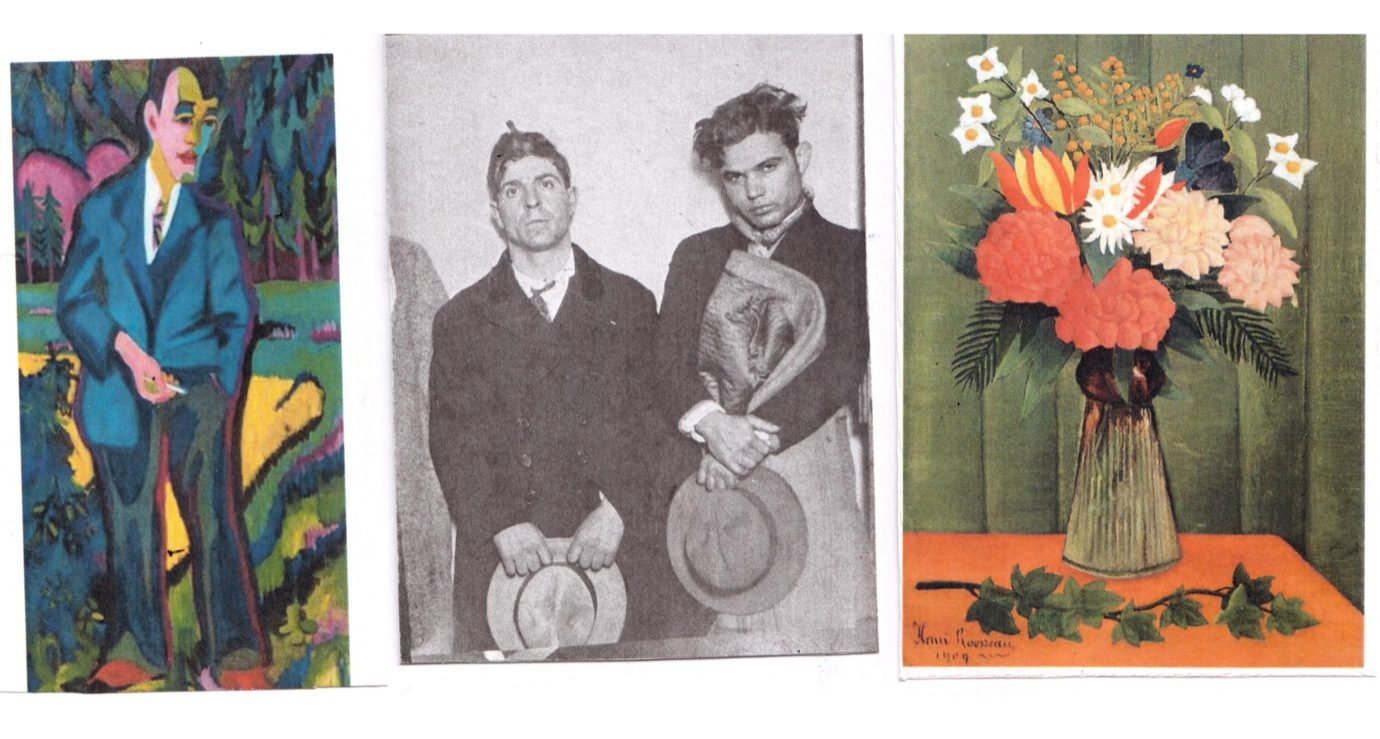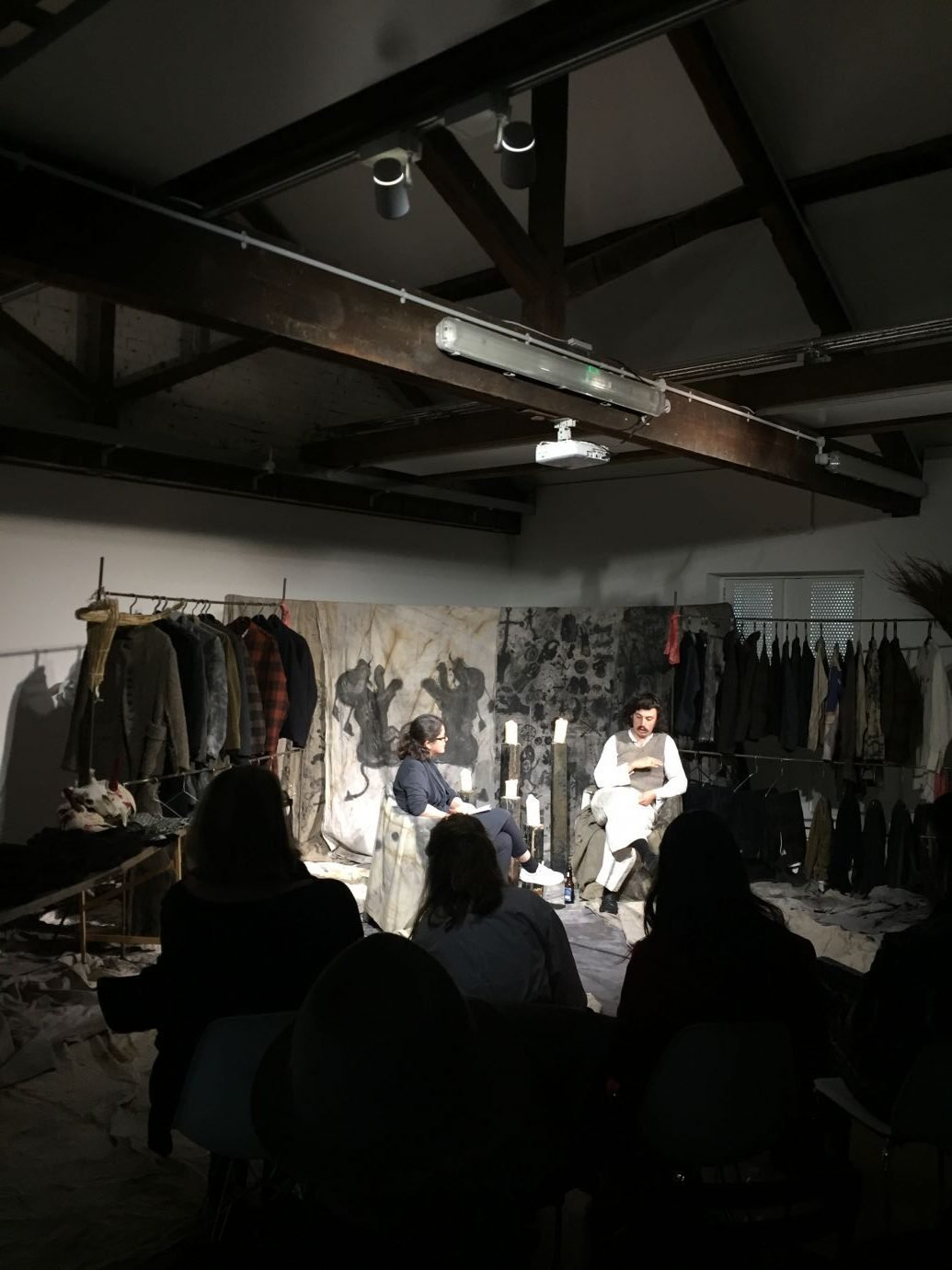Looking back on your BA degree at The Swedish School of Textiles, what did you learn and how did those lessons impact your creative process and vision?
As we were taught about the foundations of fashion design – the construction of a suit, for example – I was fascinated to see how clothes impact a person’s character. Through their forms, materials and shapes, clothes have a story to tell. I became interested in the possibilities of rethinking and reshaping those legacies. From there, deconstruction naturally followed.
There are so many ways to tweak the function of something that’s already been made. When I first started experimenting with upcycling, I worked with what was around me – curtains, bedsheets, and other stuff lying around my room, like bras. That led me to making a shoulder bag out of bras. For any item, there is a way to repurpose it.
How did the program prepare you for postgraduate life? Do you feel well-equipped for the international fashion industry?
At school I learned to trust my intuition, that making clothes from things that already exist isn’t a crazy idea, and that it’s possible to produce in a sustainable way and still be considered high-end. The programme helped me to clarify that if I were to start my own company, it would need to tackle the fashion industry’s overproduction problem rather than contributing to it.
That said, we didn’t learn much about the business side of running a company, such as filling out quotes and all the other administrative hassles. Luckily enough for me, I‘ve been awarded a scholarship and supported by the Swedish Fashion Council, which has helped me to put my stuff out there.


























